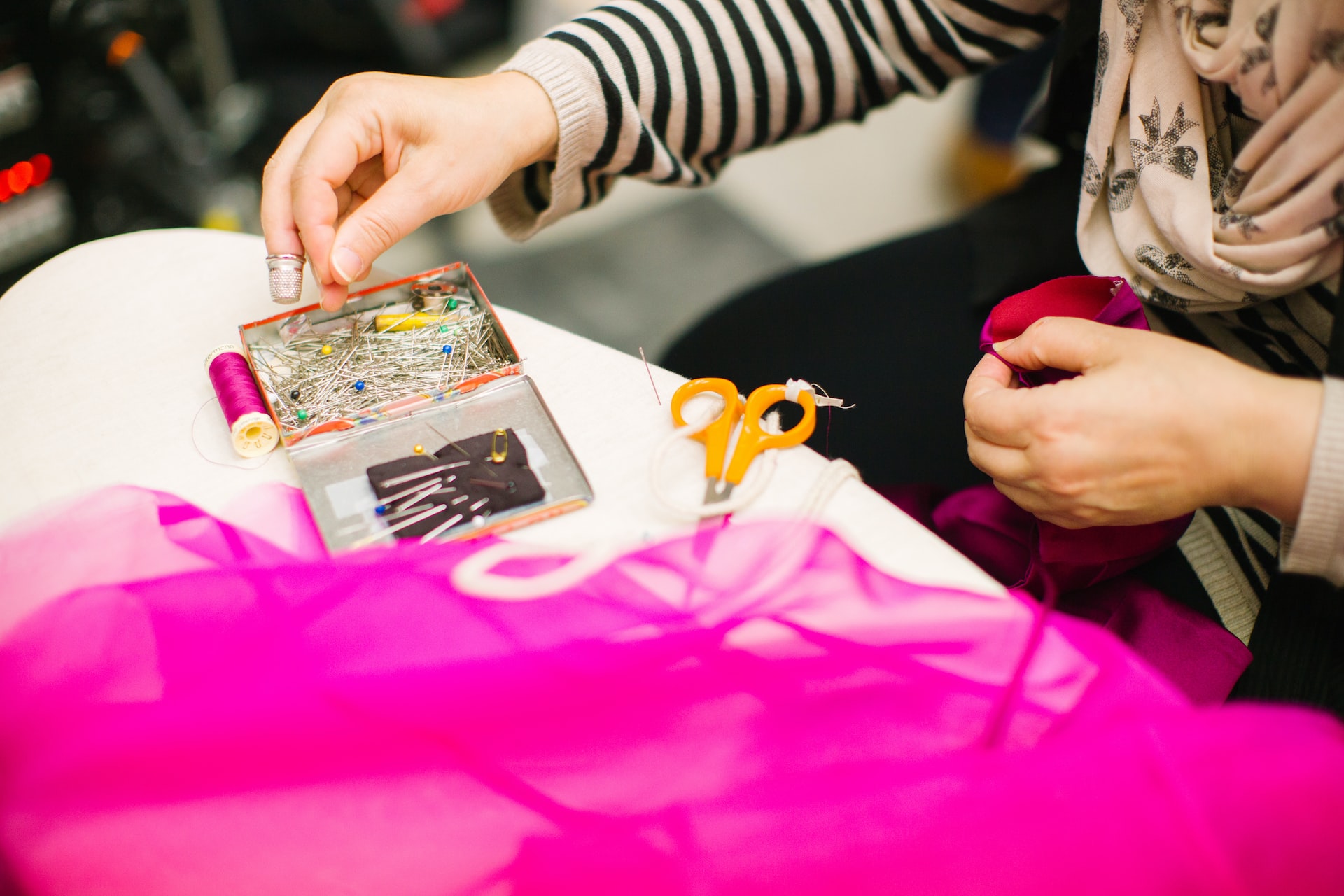We are in the midst of capitalism’s favorite time of the year. Black Friday, Small Business Saturday, and Cyber Monday kicked things off. Our favorite shows have been overtaken by ads for the latest iPhone, the hottest video game, and the shiniest car that we most certainly do not need. And a few of these ads even boast about how their products are “Made in America” (or “Designed in America” in Apple’s case). But the businesses I want to tell you about are usually smaller than “small” and their proprietors are more likely to call them passion projects than “businesses.” For many of them their products are not just made in America but sometimes in our own neighborhoods. Across the US, there are over 3.4 million creators who make and sell their crafts online. The craftsman is making a comeback, and it’s being led by women.
If you haven’t recently visited Etsy, where most of these creators sell their work, you may think it is just a trading post for knit scarves and mittens. Not anymore. Thanks to the growing community of creators, you can now buy home goods, jewelry, toys, art, and a wide range of clothing, among much else. And Etsy, like many other online platforms, grew exponentially during the pandemic.
I’m not here to tell you that you should do all your holiday shopping on Etsy—far from it. Instead, I want you to understand that its creators are an important and growing segment of the US economy that has been ignored by policymakers and data collectors. Usually, if an occupation numbers in the millions, agencies like the Census Bureau and the Bureau of Labor Statistics carefully track its trends and demographics. Not so for online creators. Take Creative Control’s 2022 Creator Economy Report is our attempt to close this gap.
Here’s what we know about the online crafts sector. Of the 3.4 million people selling crafts online, 60.8% are women. For the vast majority, these sales are only an income supplement, with only 6.4% earning over $20,000 per year. In fact, nearly two-thirds earn less than $1,000. Our report found that, unsurprisingly, this sector is not immune to the racism that is systemic in the US economy. While Black and white creators are equally likely to post crafts online, whites are much more likely to earn income, and Hispanic and Asian creators face similar gaps. These disparities may relate to how Etsy promotes products or to broader inequalities that determine who has time to dedicate to pursuing hobbies or chasing economic dreams. Earlier this year, Etsy also announced that it was increasing its fee to sell their platform, which will inevitably affect the bargaining power of Black and Brown creators, who are already plagued by implicit biases.
There is much more we need to learn about these creators. For example, how many are satisfied to earn a couple thousand dollars from what they consider a hobby? How many hope that crafts can be their primary source of income? How many hours do these creators devote to their crafts? By gathering data like this, we can better understand if online platforms, government regulations, and legal protections are meeting the needs of the millions of Americans working in this sector. And we can get a full picture of the racial inequity that lurks within it.
One thing is clear. An extraordinary number of people are pouring time and energy into creating things by hand. For many of us, desk-bound workers, it isn’t a big surprise that people might crave a greater connection between their work and what it creates. But the craftsman deserved to be paid a fair price, nonetheless. By understanding the goals and concerns of this new generation of craftspeople, we can better understand their contribution to the economy at large, the pressures they face, and how best to protect them so that they may thrive.


